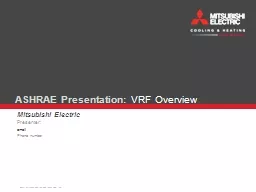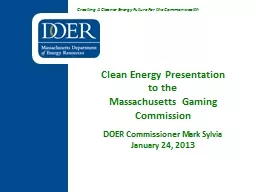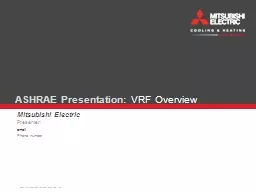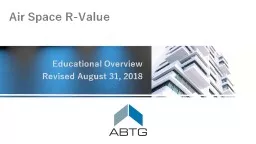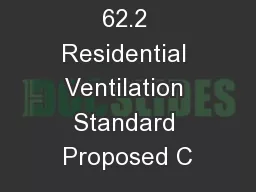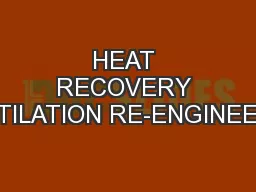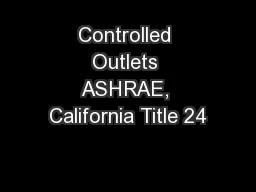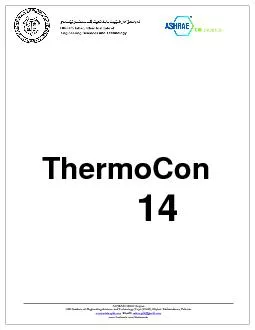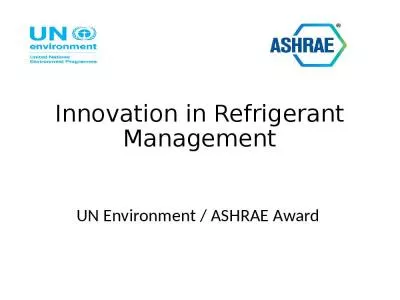PPT-ASHRAE Presentation:
Author : celsa-spraggs | Published Date : 2019-12-05
ASHRAE Presentation VRF Overview Mitsubishi Electric Presenter email Phone number 2011 Mitsubishi Electricamp Electronics USA Inc General overview of VRF Technology
Presentation Embed Code
Download Presentation
Download Presentation The PPT/PDF document "ASHRAE Presentation:" is the property of its rightful owner. Permission is granted to download and print the materials on this website for personal, non-commercial use only, and to display it on your personal computer provided you do not modify the materials and that you retain all copyright notices contained in the materials. By downloading content from our website, you accept the terms of this agreement.
ASHRAE Presentation:: Transcript
Download Rules Of Document
"ASHRAE Presentation:"The content belongs to its owner. You may download and print it for personal use, without modification, and keep all copyright notices. By downloading, you agree to these terms.
Related Documents

